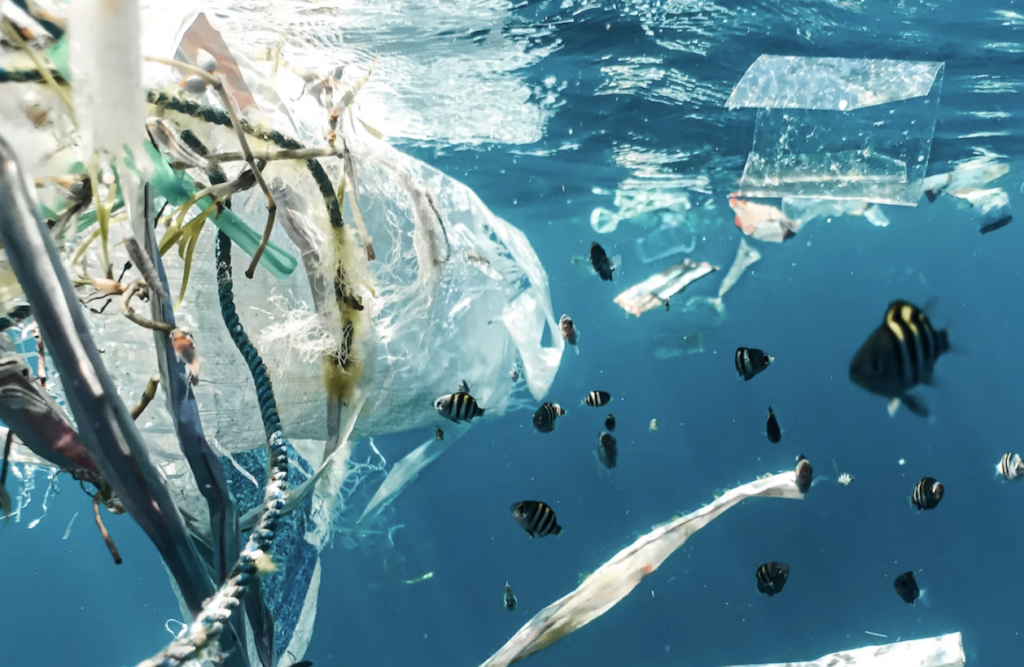Plastics Are The Real Propellants Of Climate Change?
Microplastics are causing disease and ultimately death and the relationship between climate change and the use of microplastics is intertwined., but the good news is if we can affect climate change, we will begin to cut back on our reliance on plastics, and vice versa.
This article is more than 2 years old
Plastics are killing us. More specifically, the microplastics that are byproducts of how we fuel our cars, to how we wrap our food. And by 2050, plastics in the ocean will outweigh all the fish that live there. Is it too late to do something? Moreover, what will kill us faster—climate change or plastics?
According to the SF Chronicle, a new book by activist and author, Matt Simon, illustrates just how much microplastics are in everything we eat and even touch. The author’s new book, “A Poison Like No Other,” is a scary read because it showcases that microplastics are rampant on our planet.
Microplastics are defined as a piece of plastic less than 5 millimeters long, or under three-sixteenths of an inch. Horrifyingly they are also small enough to infiltrate the body of every animal on earth—including humans.

More terrifying, the author discusses nano plastics which are too small to quantify, but scientists know they are in our cells. Microplastics are thought to cause diseases such as cancer, diabetes, and perhaps even mental or mood disorders. It is unknown at this time if plastics in our everyday lives are indeed killing us, but scientists are working to see the exact causation.
Microplastics are essentially everywhere. They are in our furniture, our plates, our clothing, and yes our food and water. You can be exposed to microplastics just by brushing by a piece of furniture or even ingesting it.
What happens to these microplastics? Some human waste is used for fertilizer and the microplastic causes a certain type of sludge to be created. This sludge is being used to fertilize fields of crops, which we end up eating. Thus the cycle of microplastics begins again.
Wait, what? Human waste fertilizer? Human waste fertilizer is used in China and countries that have poor-quality soil. It is called “night soil” and is reportedly a risky practice not just because of microplastics.
The author of this book says that the climate crisis and microplastic crisis are indeed one and the same. At a glance, this isn’t something that putting solar panels on a roof can fix. However, if we start to put in measures that begin to combat the climate crisis, we will be helping to fix the microplastic problem.
The author goes on to say that if you target the climate crisis, you will essentially be helping the massive amount of plastics we have. This is because plastics are creating a climate crisis. If you fix one, you’ll fix the other.
The good news is that we are trying to fix the climate crisis. And every change we make will begin to start to roll back decades of hurt. We are fighting back through legislation and policy change. Ban microplastics, though? More than likely that will never happen.
Combating climate change is not just good for the earth, it’s great for the economy. And maybe that’s the way to message this to folks—especially Americans. However, climate change deniers do not believe that humans are causing climate change or that it even exists. However, if we can fix climate change we will begin to see fewer storms and natural disasters.
And maybe then we can tackle the use of human waste fertilizer.





